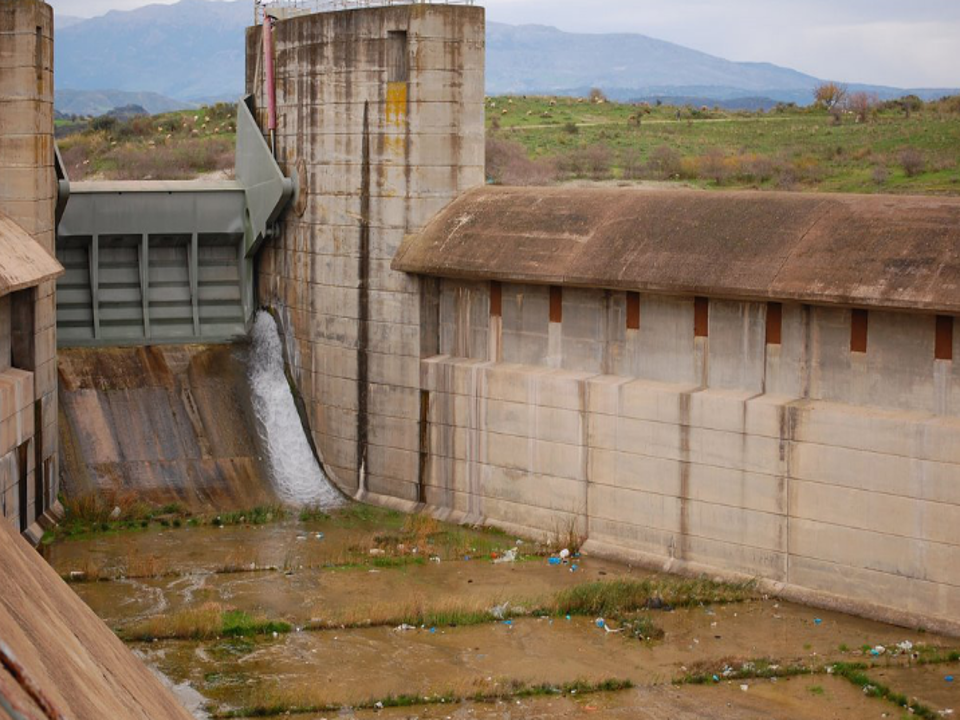|
Introduction, classification of hydraulic structures. Flow measurement structures, broad and sharp crested weirs, lateral spillways, sluice gates, free overfall, dam spillways. Locating and controlling a hydraulic jump. Energy dissipation. Stilling basins. Design of transitions for sub-critical flow. Curves and transitions in super-critical flow, oblique hydraulic jumps. Bridge abutments. Culverts. Junctions. |
HYDRAULIC AND FLOOD CONTROL STRUCTURES
| SEMESTER | 9th |
|---|---|
| eclass | https://eclass.upatras.gr/courses/CIV1749/ |
| Details | https://www.civil.upatras.gr/index.php/odhgos/ |
| Instructor | LANGOUSIS ANDREAS |
| LANGUAGE OF INSTRUCTION and EXAMINATIONS | Greek |
| Credits ECTS | 5 |
| Teaching Hours | 4 |
| Erasmus+ | Yes |
| Code | CIV_7430Α |
The student familiarizes with concepts and methods of engineering hydraulics, as applied to the design of hydraulic and flood control structures. Emphasis is given to the study of spatially varying open channel flow, by combining theoretical procedures with applicable regulations and concepts, on the basis of detailed examples and practical applications.
By the end of the course, the student has developed all necessary knowledge and skills to analyze some of the most interesting and challenging problems in hydraulic engineering and flood control, as well as the ability to participate in the analysis, design, and sizing of basic
elements and structures used in a variety of hydraulic works and large scale flood control structures.





